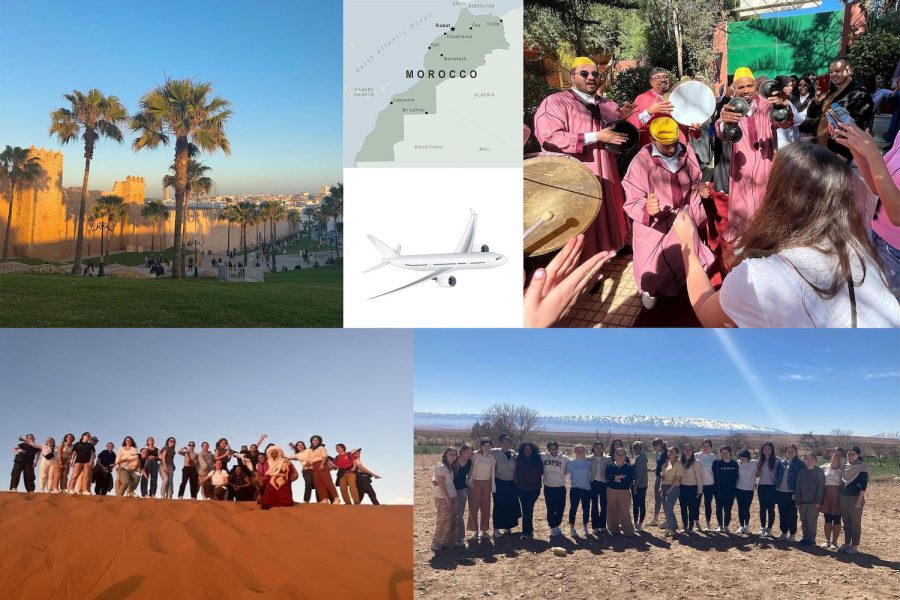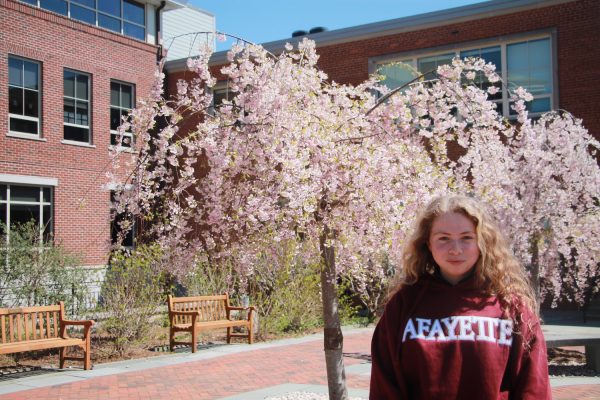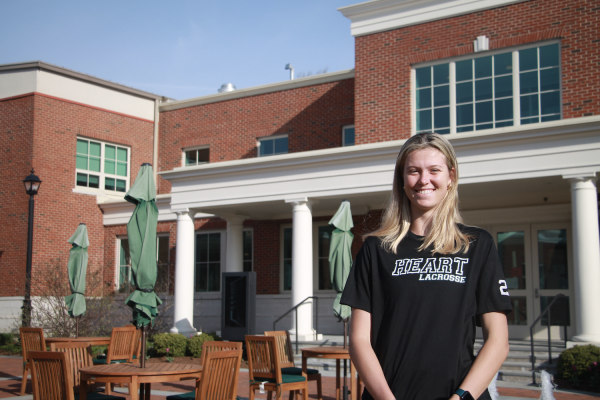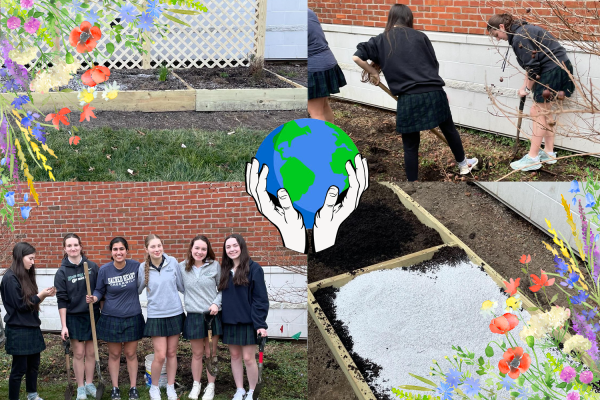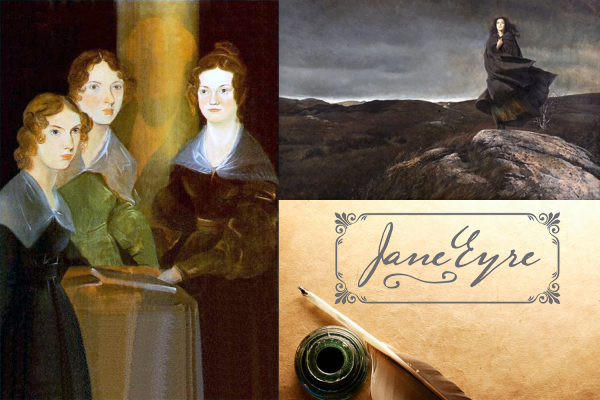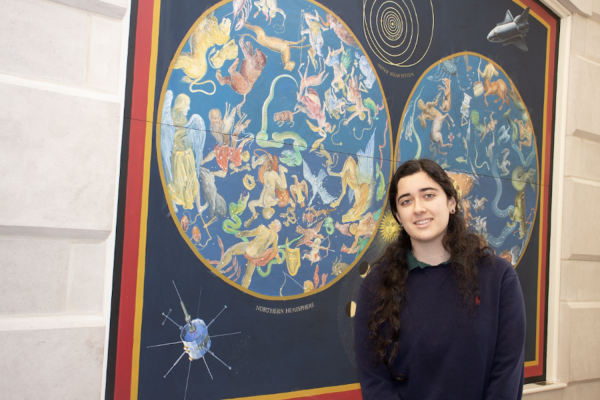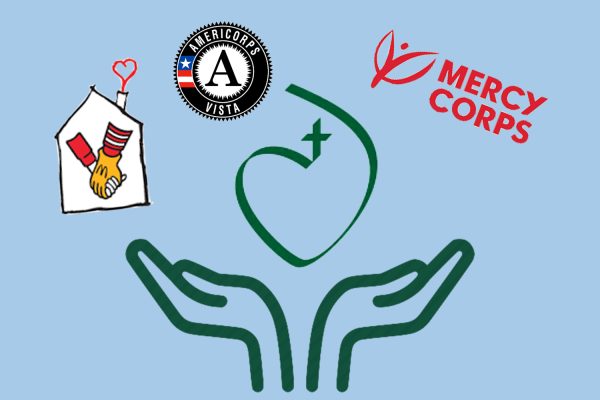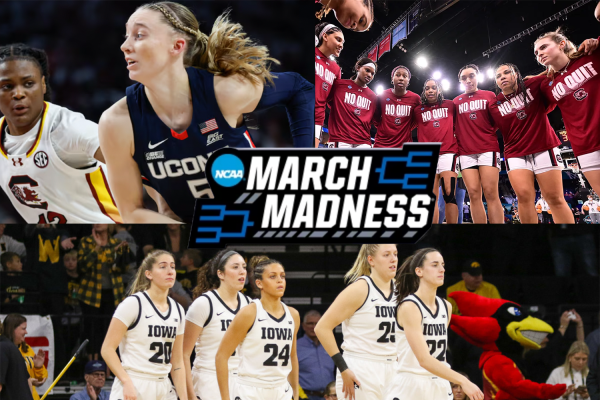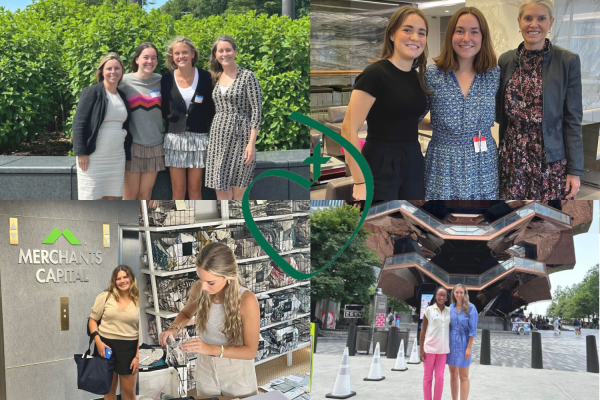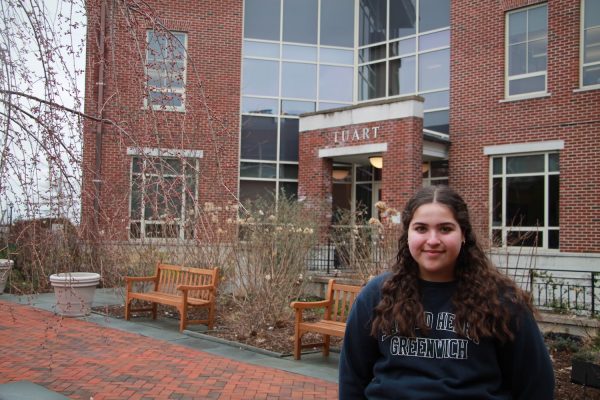Spring break brings time for community service and exploration
Twenty two students experience a new culture and perspective in Morocco.
Twenty-two Sacred Heart students travel to Morocco over spring break.
Twenty five Sacred Heart Greenwich students and faculty members ventured to Morocco this spring break, immersing themselves in culture and community service. During the eight-day trip, students explored five destinations within Morocco through provincial activities and engagement with the locals. Sophomore Morgan Sfreddo remarked on the personal impact of this trip and Upper School Math Teacher Mr. Michael Maida enjoyed sharing these experiences with his students.
After a long day of travel, the group spent their first day in Casablanca, Morocco. They walked around the city and got their first taste of Moroccan dishes. They also toured the Hassan II Mosque, the largest mosque in the country. They traveled to the capital city of Rabat, where they spent time with a female-run cooperative that specializes in cosmetics. The all-female cooperative members sell products to other women, showing female-capability and networking. They also continue to give jobs to women who would not otherwise have a place to work. All of the profit from the cosmetics goes to helping the community in Rabat. Morgan reflected on how influential she found these women to be.
“The women’s cooperative was very educational,” Morgan said. “They gave us samples of all their products and informed us of the process it took to build the brand. It symbolized the cycle of helping women in their community. I was overall just really impressed to see such a small area and group of women make such an impact on their community.”

In Rabat, the group dined and danced in the streets to traditional Moroccan music with locals. They visited the city of Fes, Morocco where the group explored and shopped at local vendors. On their way to the next destination, the desert town of Medelt, Morocco, the students and faculty stopped at a high school and elementary school to participate in a basketball game and learn about the lives of their Moroccan peers. Mr. Maida commented on how this visit was the highlight of his experience.
“The most impactful part of the trip was when we visited the two schools,” Mr. Maida said. “It was humbling to see how poor the facilities were at the elementary school compared to American schools. Seeing our students play basketball against the Moroccan students was fun and showed us that students all over the world have common interests.”
At sunset, the group traveled on camels in the desert of Merzouga and enjoyed the beauties of the natural mountains, a landscape very different from that of their homes. The following day consisted of community service in Gourrama, Morocco. The students and faculty donated food, candy, and school supplies to impoverished children. Morgan commented on the value she and the group placed on helping those individuals.
“The community service gave the group an opportunity to immerse themselves in a unique culture, gain new perceptions of the world, and make special connections as well as memories that will last a lifetime,” Morgan said.
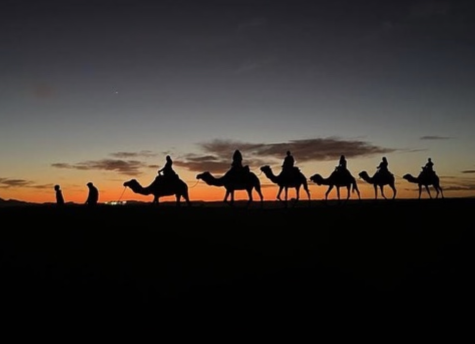
The trip concluded with another day in Fes, exploring the city’s restaurants, vendors, and sites before heading back to the airport. Mr. Maida remarked on what he wished the students got out of this service work.
“I hope the students were able to understand the similarities and differences between the two cultures,” Mr. Maida said. “They had many opportunities to not just see the ‘touristy’ Morocco but actually talk, eat, and share with the people of Morocco. It was probably a once-in-a-lifetime opportunity for all of us.”
Featured Image by Olivia Caponiti ’23
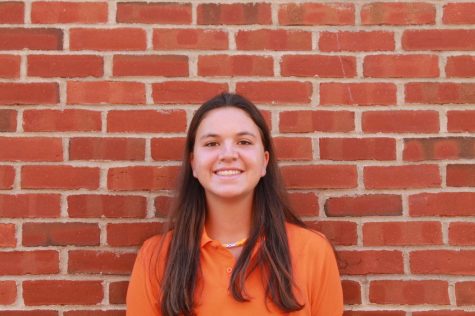
After two fulfilling years as a member of the King Street Chronicle staff, Olivia is ecstatic to be back in the newsroom for the 2022-2023 school year....

